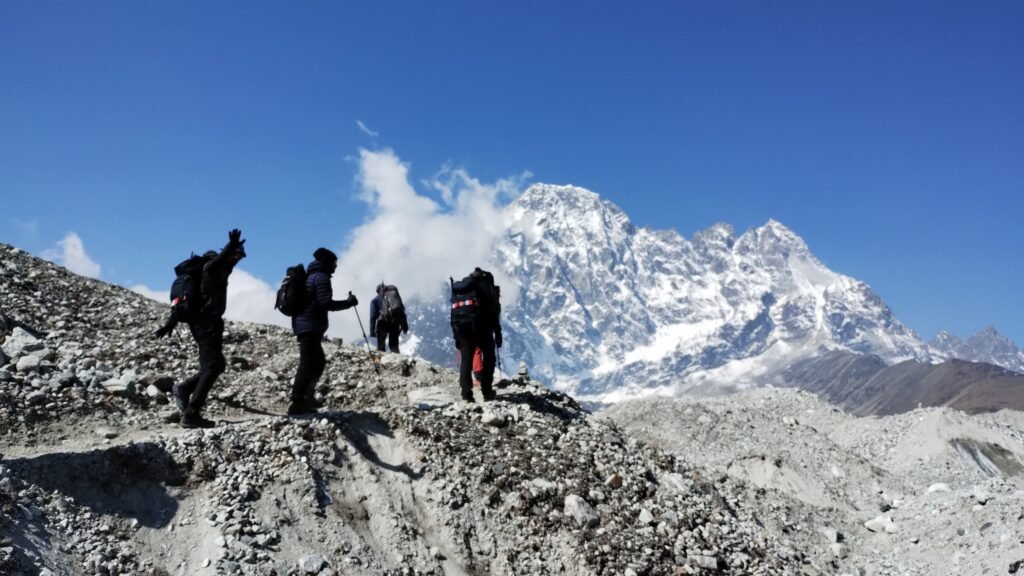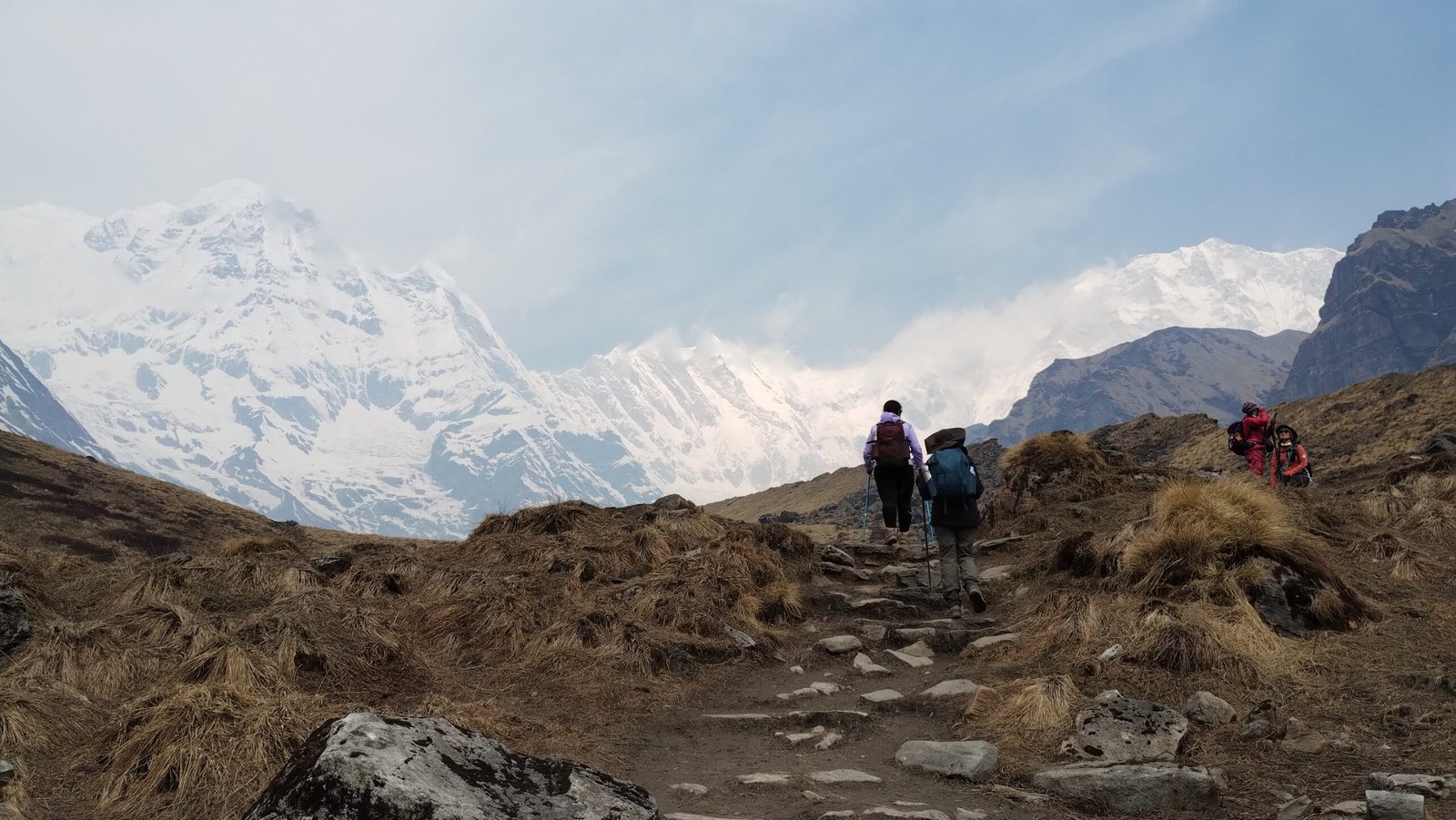Introduction to the Himalayas
The Himalayas are more than just a mountain range; they’re a symbol of adventure, serenity, and unparalleled beauty. Stretching across multiple countries, the Himalayas are home to some of the world’s tallest peaks, including Mount Everest and Kanchenjunga. For beginners, trekking in these majestic mountains offers the perfect blend of challenge and wonder, making it an ideal introduction to the world of trekking.
Why Trek in the Himalayas?
The Himalayas are not just about rugged terrain and high altitudes; they’re about breathtaking landscapes, pristine air, and a chance to disconnect from the chaos of daily life. From dense forests and alpine meadows to snow-capped peaks, every step on a Himalayan trail is a step into nature’s masterpiece. Plus, the cultural richness of Himalayan villages and the warmth of the locals add a unique charm to the experience.

Choose an Easy-Moderate Trek as Your First Trek
As a beginner, it’s essential to start with a trek that’s suitable for your fitness level and experience. An easy-to-moderate trek strikes the perfect balance between challenge and enjoyment, helping you build confidence and stamina without feeling overwhelmed. These treks typically involve well-marked trails, manageable distances, and altitudes that don’t exceed 12,000-14,000 feet, reducing the risk of altitude sickness.
Easy-to-moderate treks are great for acclimatizing to the physical demands of trekking in the Himalayas. They often include gradual ascents and descents, giving your body time to adjust to the changing altitude and terrain. You’ll experience the joys of trekking—like stunning views, serene landscapes, and a sense of achievement—without pushing your limits too far.
When selecting your first trek, consider the season, duration, and terrain. Avoid overcommitting to a trek that’s too long or has extreme weather conditions. Opt for a trek that aligns with your fitness level and allows you to enjoy the journey rather than worry about completing it. Remember, your first trek is all about laying the foundation for future adventures and falling in love with the mountains.
What to Look for While Choosing your first Trek
Selecting the right trek can make or break your experience. Keep the following factors in mind:
Duration: Start with treks that are 4-7 days long.
Altitude: Choose treks with a maximum altitude of 12,000-14,000 feet to reduce the risk of altitude sickness.
Season: Research the best time to visit your chosen trail. Spring and autumn are ideal for most Himalayan treks.
Trail Type: Choose the trek which doesn’t have technical sections.

Prepare Well Physically
Trekking isn’t a walk in the park. It requires stamina, strength, and mental endurance. Here are some tips to get physically ready:
- Start brisk walking or jogging for 30-60 minutes daily.
- Include stair climbing to build leg strength.
- Practice carrying a backpack to simulate trek conditions.
- Add yoga or stretching to improve flexibility.
- Building a basic fitness routine will help you enjoy the trek rather than struggle through it.
Learn About Acute Mountain Sickness (AMS)
Acute Mountain Sickness (AMS) is one of the most critical aspects to understand before venturing into the Himalayas. AMS occurs when your body struggles to adjust to the lower oxygen levels at high altitudes. Symptoms can range from mild, like headaches and nausea, to severe, such as confusion and difficulty breathing. Ignoring AMS can lead to serious complications like High-Altitude Pulmonary Edema (HAPE) or High-Altitude Cerebral Edema (HACE).
Why is it important to learn about AMS?
- Safety First: Knowing the symptoms of AMS can help you identify it early and take necessary actions to prevent it from worsening.
- Preparedness: By understanding AMS, you can take proactive measures like acclimatizing properly, staying hydrated, and avoiding overexertion.
- Peace of Mind: Being informed reduces anxiety about trekking at higher altitudes, allowing you to focus on enjoying the experience.
How to Choose the Right Company
- A proven safety record.
- Provides experienced guides and proper support staff.
- Offers clear communication and detailed itineraries.
- Prioritizes responsible trekking practices to protect the environment.

Mentally Prepare for Unexpected Things
The Himalayas are unpredictable. Weather can change in minutes, trails can be tougher than expected, and plans may need to be adjusted. Embrace the uncertainty and stay flexible. Mental preparation is key to handling challenges with a positive attitude and making the most of the experience.
Final Thoughts
Trekking in the Himalayas is a journey of self-discovery, growth, and awe. It’s about pushing your boundaries, soaking in nature’s beauty, and creating memories that last a lifetime. Start small, prepare well, and trust the mountains to guide you. Your first trek is just the beginning of an incredible adventure!



